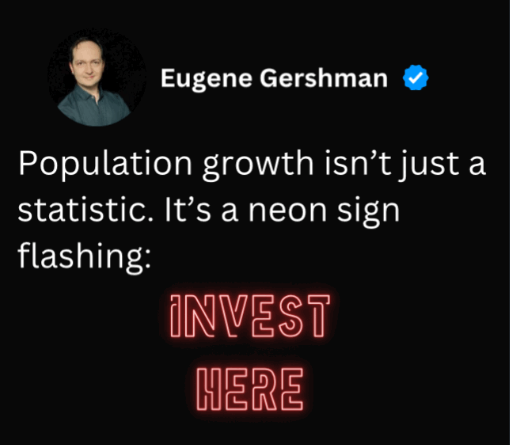If you lost 1% of your population in four years… how long would your economy survive?
From 2020 to 2024, Florida and Idaho grew by 8.2% each — the fastest rates in the country.
Texas wasn’t far behind at 7%.
Meanwhile, New York, California, and West Virginia shrank.
And they didn’t just lose people — they lost labor, demand, and future tax revenue.
There are sign of trouble here at home, too.
Migration trends aren’t just trivia.
They’re flashing neon signs for where opportunity is headed.
If you’re in real estate development, this should be a wake-up call.
Growth means housing demand, commercial space demand, infrastructure demand.
Decline means higher costs, shrinking markets, and tougher competition for tenants and talent.
The real question isn’t whether migration is happening.
It’s whether you’re investing where people are moving — or staying stuck where they’re leaving.
And here’s the part more leaders need to ask:
Can you really keep taxing your best talent… and expect them to stick around?
quick links
Subscribe To Our Newsletter
Subscribe to our email newsletter full of inspiring stories, past projects and future investment opportunities.
All Rights Reserved © Copyright – GIS Development Corp

